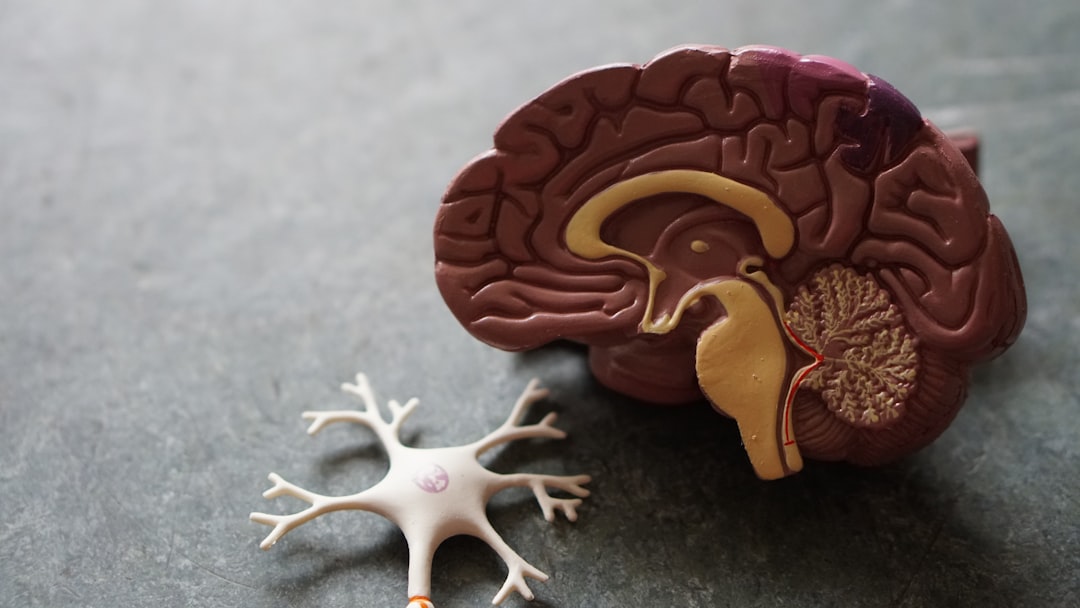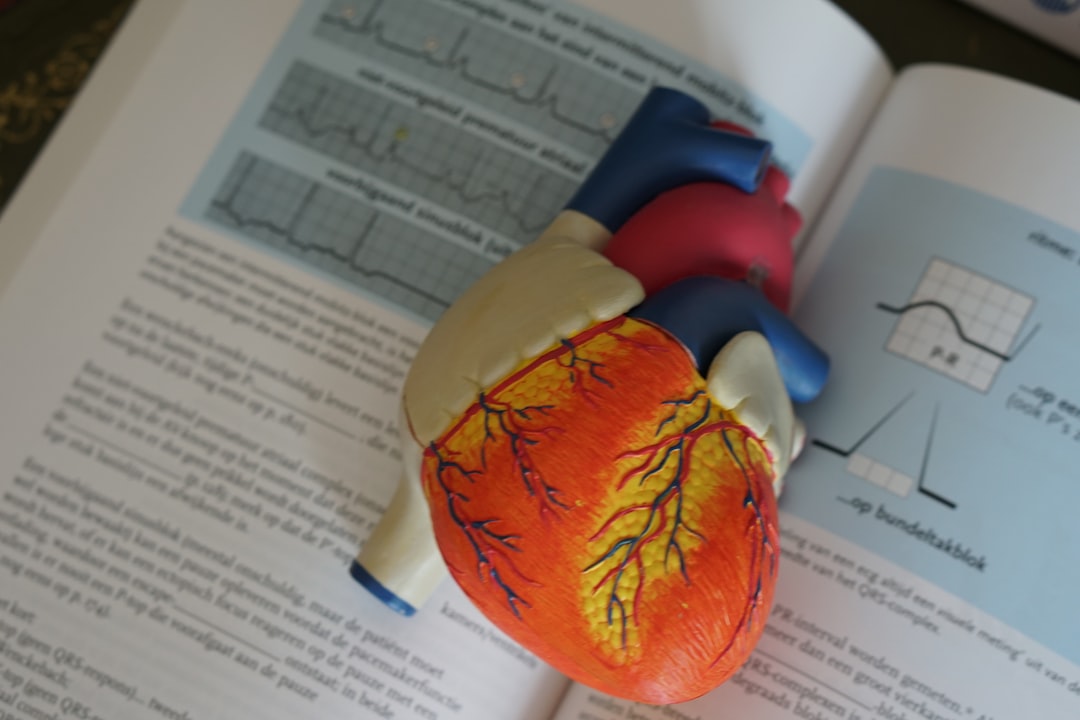What is it about?
An enzyme, UGT708D1, that exhibits aryl-C-glucosyltransferase activity.
Featured Image
Why is it important?
A cDNA clone that encodes an aryl-C-glucosyltransferase was identified in a soybean cDNA library. Recombinant protein derived from the clone exhibited aryl-C-glucosyltransferase activity toward 2-hydroxynaringenin, a biosynthetic precursor of apigenin aryl-C-glucoside, in the presence of UDP-glucose. This newly discovered enzyme was designated as UGT708D1. At the moment, catalytic mechanism for enzymatic aryl-C-glucosylation remains uncertain owing to the absence of structural information on C-glucosyltransferases. In the present study, a structural model of UGT708D1 was built by a homology modeling method in order to infer functional amino acid residues of the enzyme. The model revealed that four charged residues, His20, Asp85, Arg202, and Arg292, were located in the active site of the aryl-C-glucosyltransferase. Furthermore, a series of alanine-substitution mutants of UGT708D1 were constructed on the basis of the structural model in order to clarify which residues are actually required for the enzyme activity. Among these, two mutants, Asp85Ala and Arg292Ala, showed no glucosyltransferase activity toward 2-hydroxynaringenin, whereas one mutant, His20Ala, unexpectedly displayed O-glucosyltransferase activity rather than C-glucosyltransferase activity toward the substrate. These results suggest that the three residues, His20, Asp85, and Arg292, of UGT708D1 are indispensable for the catalytic activity of the aryl-C-glucosylransferase. Interestingly, these three residues are identically conserved in other aryl-C-gycosyltransferases from monocot (rice and corn) and dicot (buckwheat and mango) plants. In conclusion, this is the first report on the amino acid residues essential for aryl-C-glucosyltransferase activity that are commonly conserved among the plant aryl-C-glycosyltransferases. This study also discusses catalytic mechanism for enzymatic aryl-C-glucosylation.
Read the Original
This page is a summary of: Identification and functional analysis of 2-hydroxyflavanoneC-glucosyltransferase in soybean (Glycine max), FEBS Letters, May 2015, Wiley,
DOI: 10.1016/j.febslet.2015.05.010.
You can read the full text:
Resources
cDNA resource (GMFL02-51-N04)
The cDNA clone encoding UGT708D1 is available at The National BioResource Project (Lotus and Glycine) in Japan.
GenBank (LC003312)
Nucleotide sequence of UGT708D1
UniProt (I1L3T1)
Protein sequence of UGT708D1
The C-Glycosylation of Flavonoids in Cereals
Brazier-Hicks, M. et al. J Biol Chem (2009)
Identification of a Bifunctional Maize C- and O-Glucosyltransferase
Falcone Ferreyra, M.L. et al. J Biol Chem (2013)
Purification, molecular cloning and functional characterization of flavonoid C-glucosyltransferases from Fagopyrum esculentum M. (buckwheat) cotyledon
Nagatomo, Y. et al. Plant J (2014)
Production of C-glucosides of flavonoids and related compounds by Escherichia coli expressing buckwheat C-glucosyltransferase
Ito, T. et al. Plant Biotechnol (2014)
Identification of the glucosyltransferase that mediates direct flavone C-glucosylation in Gentiana triflora
Sasaki, N. et al. FEBS Lett (2014)
Probing the Catalytic Promiscuity of a Regio- and Stereospecific C-Glycosyltransferase from Mangifera indica
Chen, C. et al. Angew Chem Int Ed Engl (2015)
Enzymatic Synthesis of Acylphloroglucinol 3-C-Glucosides from 2-O-Glucosides using a C-Glycosyltransferase from Mangifera indica
Chen, D. et al. Chemistry (2016)
Molecular characterization of the C-glucosylation for puerarin biosynthesis in Pueraria lobata
Wang, X. et al. Plant J (2017)
C-Glycosyltransferases catalyzing the formation of di-C-glucosyl flavonoids in citrus plants
Ito, T. et al. Plant J (2017)
Biosynthesis of flavone C-glucosides in engineered Escherichia coli
Shrestha, A. et al. Appl Microbiol Biotechnol (2018)
Production of acetophenone C-glucosides using an engineered C-glycosyltransferase in Escherichia coli
Chen, D. et al. Tetrahedron Letters (2018)
Probing and Engineering Key Residues for Bis-C-glycosylation and Promiscuity of a C-glycosyltransferase
Chen, D. et al. ACS Catalysis (2018)
Indirect and direct routes to C-glycosylated flavones in Saccharomyces cerevisiae
Vanegas, KG. et al. Microbial Cell Factories (2018)
Contributors
The following have contributed to this page










